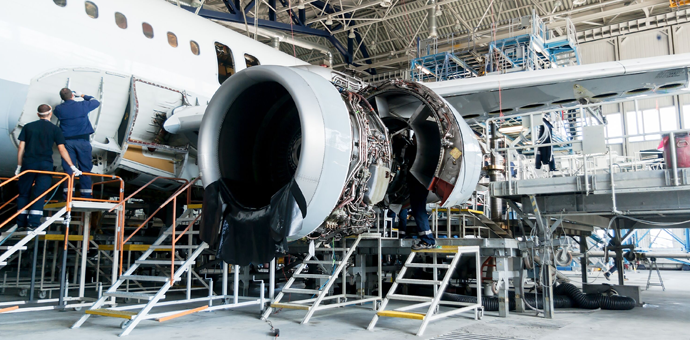Review by Steve Bentley CEO of Sofema Group www.sassofia.com
Aviation Human Factors Introduction
As an Industry, we have recognised the need to address the potential of human factors adversely affecting the desired outcomes.
Why we have recognised the need to address human factors?
The aviation industry recognises Human Factors as a serious “threat” to our business. The currently available data shows us that at least 80 percent of aviation-related incidents involve human factors. A significant proportion of these is related to maintenance error.
Why do you think such a high proportion of events relate to human factors? – (Do you agree it is related to human reliability?)
When considering only maintenance error it was understood that four categories (of error type) accounted for 78% of the errors. These were Installation error – 39%, Inattention (damage) – 16%, Poor inspection standards – 12% and Approved data not followed – 11%.
Essentially the exposure created by “human factors” typically includes pressure, fatigue, complacency, and stress, as well as several others, have the potential to either directly or indirectly contribute to aviation accidents and incidents.
We need to take human factors into account both individually and across the business process
To maintain the highest level of aviation safety requires that we manage “Human Factor” exposure during all aspects of maintenance activity.
Examples of maintenance errors include:
- Electrical wiring discrepancies.
- Loose objects left in airplane.
- Incorrect installation of components.
- Fitting of wrong parts.
- Inadequate lubrication.
- Access panels, fairings, or cowlings not secured.
- Fuel or oil caps and fuel panels not secured.
Latent Exposure
When a mistake is not immediately identified it is considered as a latent defect, such mistakes can have serious outcomes, so we need to take all measures to reduce our exposure.
Aircraft Maintenance Technicians often work in challenging circumstances and where enough focus is provided by all concerned to the possibility of human error, then the actual potential for occurrence is reduced.
Chain of Events
Typically errors occur within a chain of events and if we can remove one element of this chain we can positively influence the exposure.
Making Positive Changes
Developing a “constant awareness” can lead to improved performance. All concerned should strive to manage the maintenance environment to ensure continuing safety.
The reduction of small errors can provide positive benefits including a reduction in accidents incidents and even support cost reductions.
Sofema Aviation Service SAS & Sofema Online SOL offer training in Human Factors, Safety Management Systems Implementation & Management, Maintenance Error Management and Training for Trainers in a Human Factors and Maintenance Environment. For details please see www.sassofia.com www.sofemaonline.com or email office@sassofia.com & online@sassofia.com
Tags:
Maintenance Human Factors, Maintenance Human Factors training





